1. Cold showers
When we expose our bodies to something cold – this first causes an increased sympathetic nervous system response but is quickly halted after we acclimatize to the cold. In other words, our parasympathetic nervous system increases – which is mediated by our vagus nerve. Cold application to activate your vagus nerve can include a cold shower, splashing cold water on your face or drinking cold water.
Mäkinen, T. M., Mäntysaari, M., Pääkkönen, T., Jokelainen, J., Palinkas, L. A., Hassi, J., … Rintamäki, H. (2008). Autonomic nervous function during whole-body cold exposure before and after cold acclimation. Aviation Space and Environmental Medicine, 79(9), 875–882. https://doi.org/10.3357/ASEM.2235.2008
2. Singing, humming and chanting
Humming, chanting and singing all increase heart rate variability. Heart rate variability is a measure of the balance between the parasympathetic nervous system, which decreases the heart rate and increases the relaxation response via the vagus nerve. Singing produces slow, regular and deep respiration causing a pulsating vagal activity. Singing can be viewed as initiating the work of a vagal pump, sending relaxing waves through the choir. Singing at the top of your lungs also makes you work the muscles at the back of your throat – activating the vagus nerve. All the more reason to sing in the shower, or literally anywhere!
Khoff, B. V., Malmgren, H., Åström, R., Nyberg, G., Ekström, S. R., Engwall, M., … Jörnsten, R. (2013). Music structure determines heart rate variability of singersmusic structure determines heart rate variability of singers. Frontiers in Psychology, 4(JUL), 1–16. https://doi.org/10.3389/fpsyg.2013.00334
3. Yoga
Yoga is a parasympathetic activation exercise that promotes vagal tone. Similar to singing, yoga breathing and guided breathing have beneficial effects on switching to our “rest and digest” state. A 12-week yoga study was conducted to assess shifts in mood and anxiety levels vs a group that did walking exercises. The yoga group showed a significant improvement in mood and decreased anxiety during the 12-week intervention compared to the walking group. Such observations support the hypothesis that part of the effect of yoga is vagal activation by slower breath rates often used during yoga posture techniques, but not during walking.
Streeter, C. C., Gerbarg, P. L., Saper, R. B., Ciraulo, D. A., & Brown, R. P. (2012). Effects of yoga on the autonomic nervous system, gamma-aminobutyric-acid, and allostasis in epilepsy, depression, and post-traumatic stress disorder. Medical Hypotheses, 78(5), 571–579. https://doi.org/10.1016/j.mehy.2012.01.021
Streeter, C. C., Theodore, H. W., Owen, L., Rein, T., Karri, S. K., Yakhkind, A., … Jensen, J. E. (2010). Effects of yoga versus walking on mood, anxiety, and brain GABA levels: A randomized controlled MRS study. Journal of Alternative and Complementary Medicine, 16(11), 1145–1152. https://doi.org/10.1089/acm.2010.0007
4. Deep breathing exercises
Conscious breathing is the key to stimulating your vagus nerve. Slowing down breathing – Slowing down exhalation phase promotes dominance of the parasympathetic system. Through deep breathing we improve or vagal tone which has a strong effect on heart rate variability.
Singh, U. P. (2017). Evidence-Based Role of Hypercapnia and Exhalation Phase in Vagus Nerve Stimulation: Insights into Hypercapnic Yoga Breathing Exercises. Journal of Yoga & Physical Therapy, 07(03). https://doi.org/10.4172/2157-7595.1000276
Bonaz, B., Sinniger, V., & Pellissier, S. (2016). Vagal tone: Effects on sensitivity, motility, and inflammation. Neurogastroenterology and Motility, 28(4), 455–462. https://doi.org/10.1111/nmo.12817
5. Laughter
Laugher has been shown to increase heart rate variability thus decreasing the heart rate and increasing the relaxation response via the vagus nerve.
“Empirical research on laughter supports this folk wisdom, showing that laughter can have a variety of psychological and physiological health benefits, including improved coping skills, enhanced mood and feelings of well-being, decreased discomfort, and a higher pain tolerance as well as reduced neuroimmune and stress markers. Considering the variety of health benefits, humor might be an excellent clinical intervention.”
Dolgoff-Kaspar, R., Baldwin, A., Scott Johnson, M., Edling, N., & Sethi, G. K. (2012). Effect of laughter yoga on mood and heart rate variability in patients awaiting organ transplantation: A pilot study. Alternative Therapies in Health and Medicine, 18(5), 61–66.
6. Pulsed Electromagnetic Field therapy
A study has found that magnetic fields are capable of stimulating the vagus nerve. The effects of PEMF on the human autonomic nervous system were found to be significant using heart rate variability measurements. In a study on 30 healthy men, pulsed electromagnetic field (PEMF) therapy increases heart rate variability and vagus stimulation.
Grote, V., Lackner, H., Kelz, C., Trapp, M., Aichinger, F., Puff, H., & Moser, M. (2007). Short-term effects of pulsed electromagnetic fields after physical exercise are dependent on autonomic tone before exposure. European Journal of Applied Physiology, 101(4), 495–502. https://doi.org/10.1007/s00421-007-0520-x
7. Acupuncture
Acupuncture has been demonstrated to directly or indirectly modulate parasympathetic nervous system activity through the vagus nerve. Acupuncture influences vagus nerve activity, whether directly through direct stimulation of its auricular branches or indirectly through reflex activation. Acupuncture has neuromodulatory effects on the autonomic nervous system, which can be used clinically to normalize autonomic balance and potentially favorably alter the course of disease.
Da Silva, M. A. H., & Dorsher, P. T. (2014). Neuroanatomic and clinical correspondences: Acupuncture and vagus nerve stimulation. Journal of Alternative and Complementary Medicine, 20(4), 233–240. https://doi.org/10.1089/acm.2012.1022
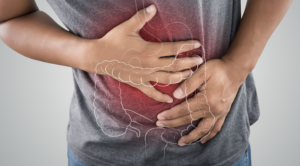

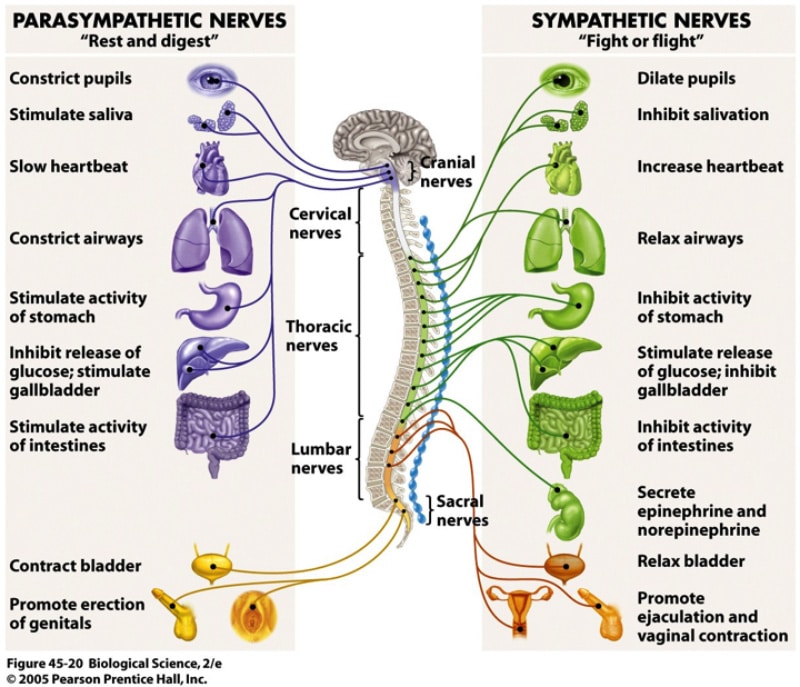

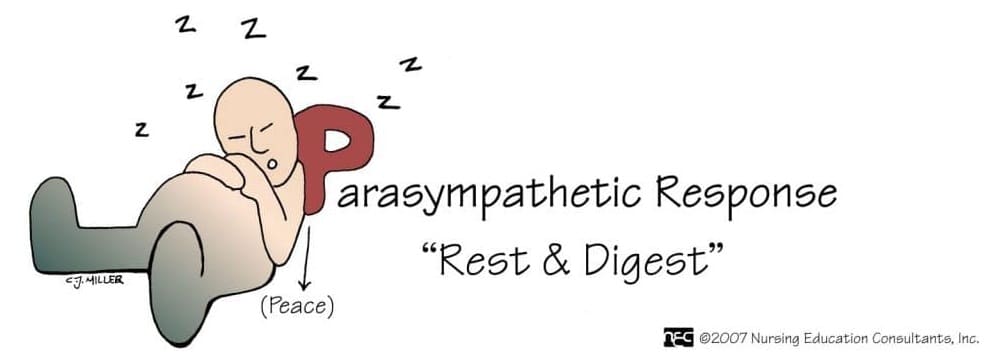
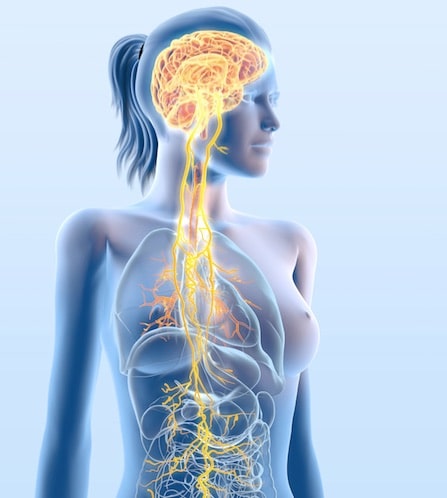

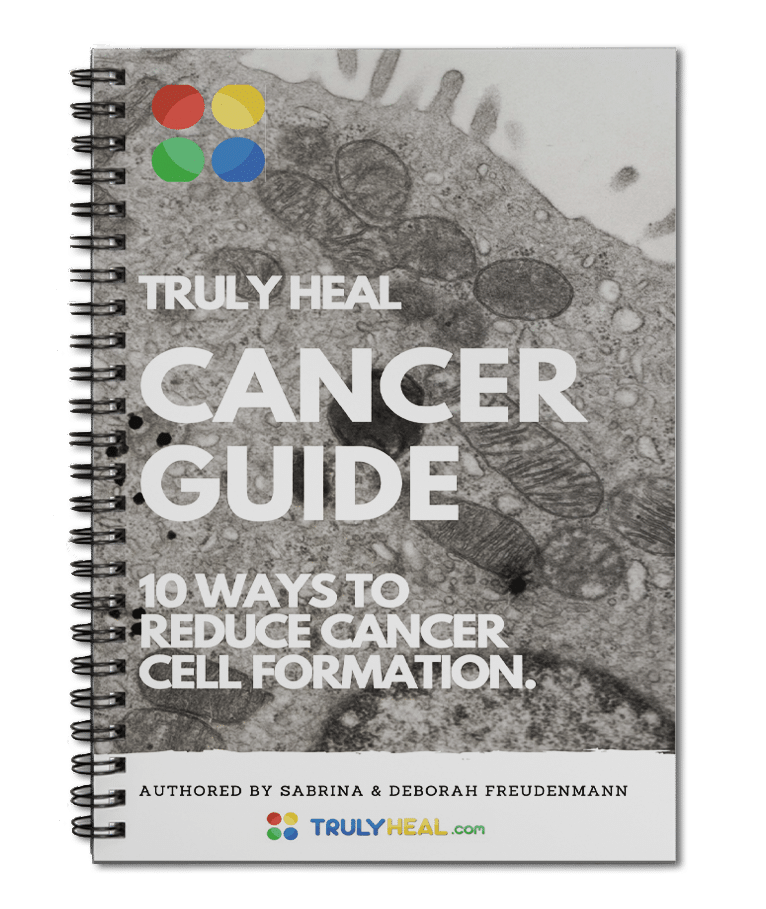
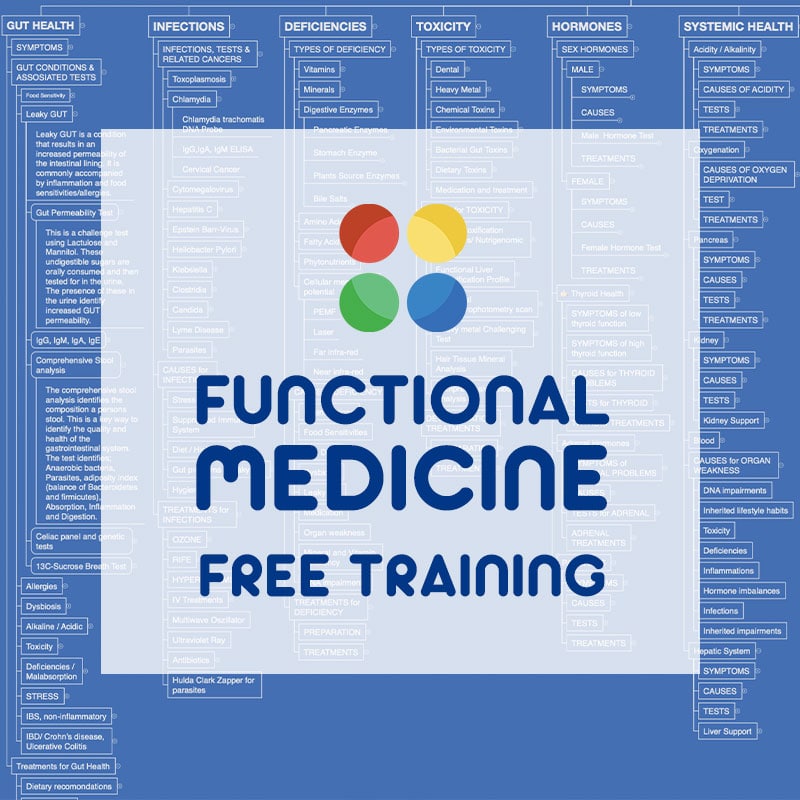
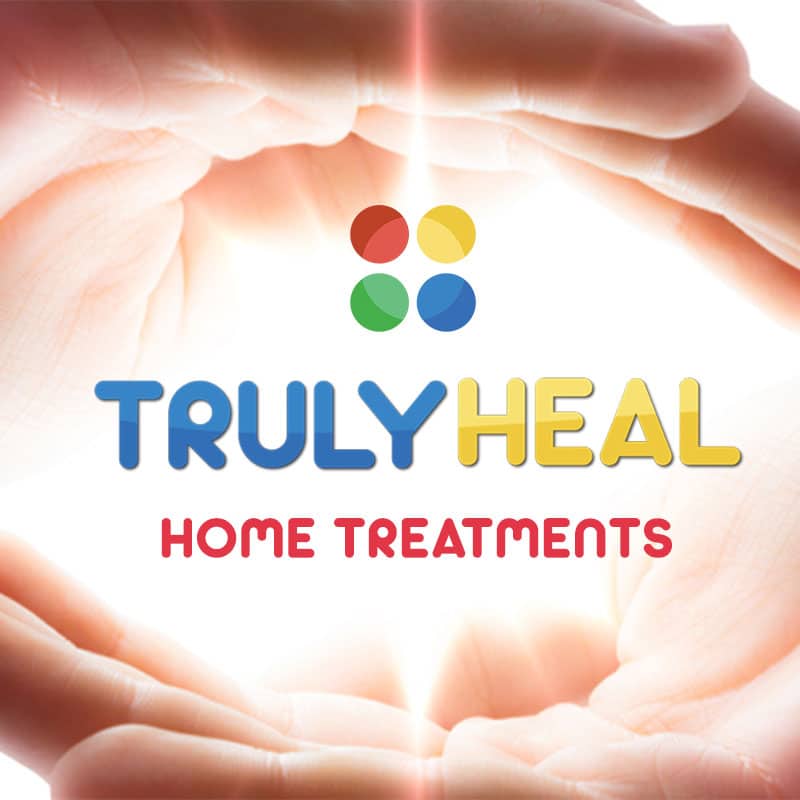

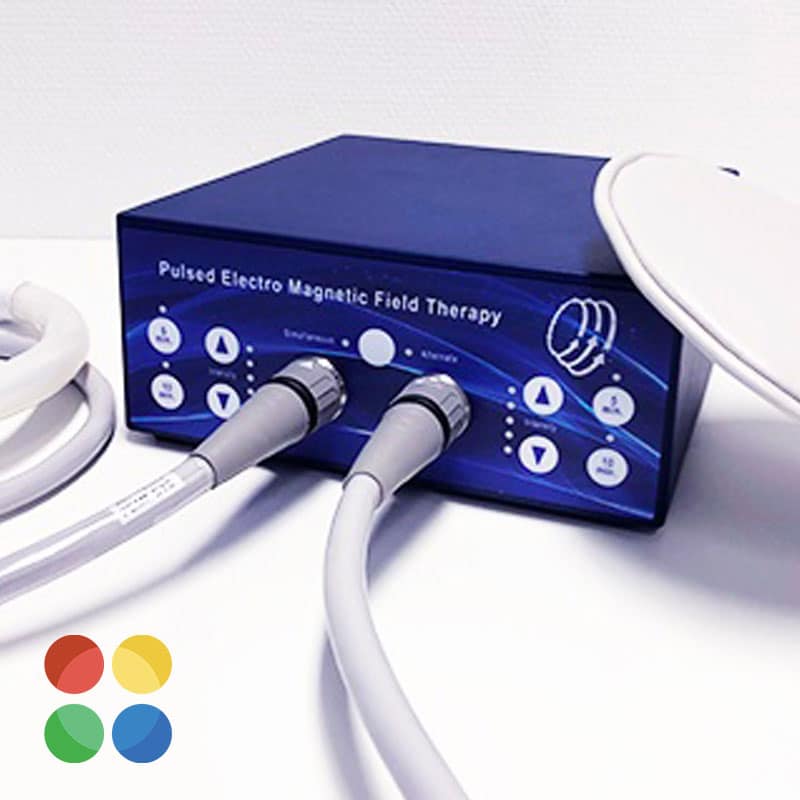

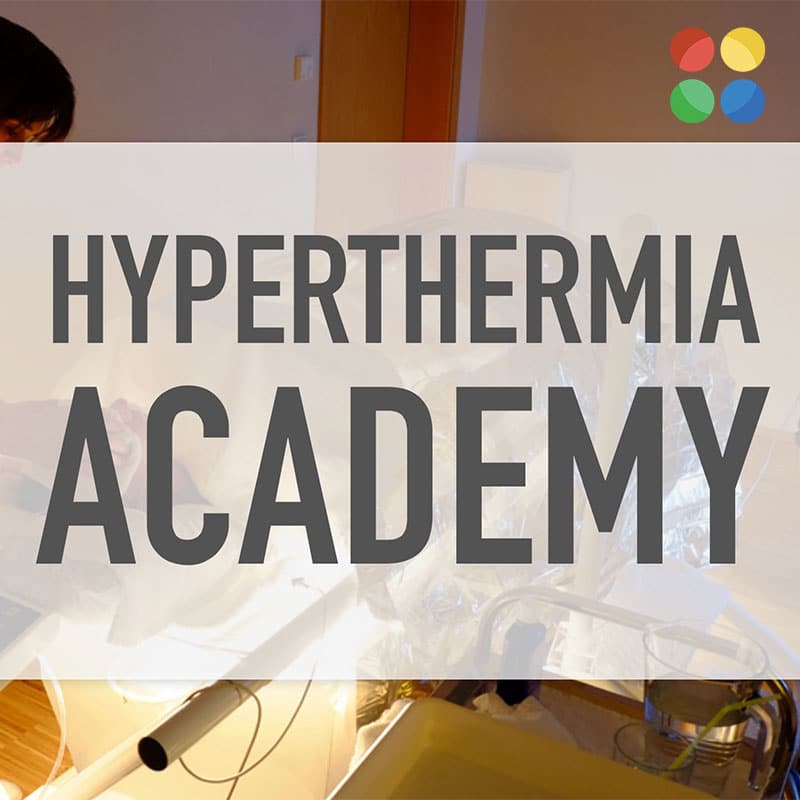


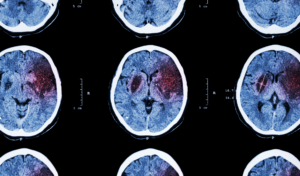
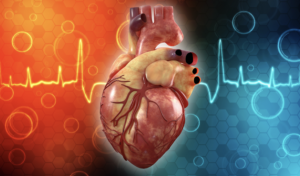
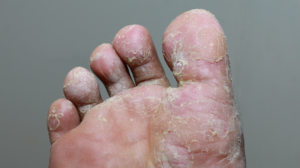

11 Responses
Very interested in your article because for some time I have been studying the community, social and psycho physical effects of walking the Chartres labyrinth with many points of transition that stimulate the vestibular labyrinth and triggers a parasympathetic response. A symbolic walk that hase been around since the Bronze Age. and built into medeival Cathedrals and still available to day must be more than a metaphysical journey and a mindfulness meditation but is yet to attract serious research. More at Labyrinth at Port Stephens ” https://www.facebook.com/labyrinthsportstephens/
is an atrial tachycardia a vagus nerve problem…. particularly if it’s paroxysmal, and in fact is infrequent as well?
if it is, then maybe there’s a nutrient deficiency in play, since celery has a calming effect … starting the green stalks has slowed an over 200bpm down to 160, and the paler heart stems has been seen to calm the pace down to under 3 digits…
As stress builds and coping takes full attention, there is a sensation of heart ‘tripping’ and then it races to keep up with some sense of shortfall… sortof….. maybe it’s not a vagus nerve issue, but i noticed that Linus Pauling was prescribing C and lysine for heart problems and coincidentally, celery is [relative to other foods] on the high side per serving…. more to puzzle over.
With a racing heart the oxygenation seems lessened so that’s one thing i’ve tried when i didn’t have the pale stalks… not as effective…. and i didn’t know what to do with the pemf as the chart above shows different spinal points for parasympathetic and sympathetic control of the heart… nor have i tried acupuncture.. not compatible with racing heart and stress…. ttyl
Yes stress has never been good if experienced over a long period of time.
Hello Deborah,
Thank you for this important part of education your company provides. I am using the old and faithful Curatron 2000 PC with plenty of protocols available. I wonder if there is any of them recommended for stimulating the Vagus Nerve system.
Thank you,
Bogdan
All Pemf frequencies recharge your cells. Because all cells need to be protected and energised the program 0,4,7,9 cover all frequencies. Just use regularly for the whole time of the program.
Dear Friends ~
Always remember this:
2400 Years ago Hippocrates said:
Give me the Power to produce Fever
and
I will cure ALL Disease !!
+
“I have not seen any flu yet that was not cured or markedly ameliorated by massive doses of vitamin C.”
(Robert F. Cathcart, MD)
Yes this is by far the best method to boost your immune system and kill or flag all pathogens in your body.
Unfortunately is hyperthermia still not regarded as the best home remedy of all.
My favorite ways to active the vagus nerve is by using NADA (ear acupuncture), humming/meditation, Pemf 120, and swimming in the cold ocen in Iceland.
Id love to join you for the cold water swim.